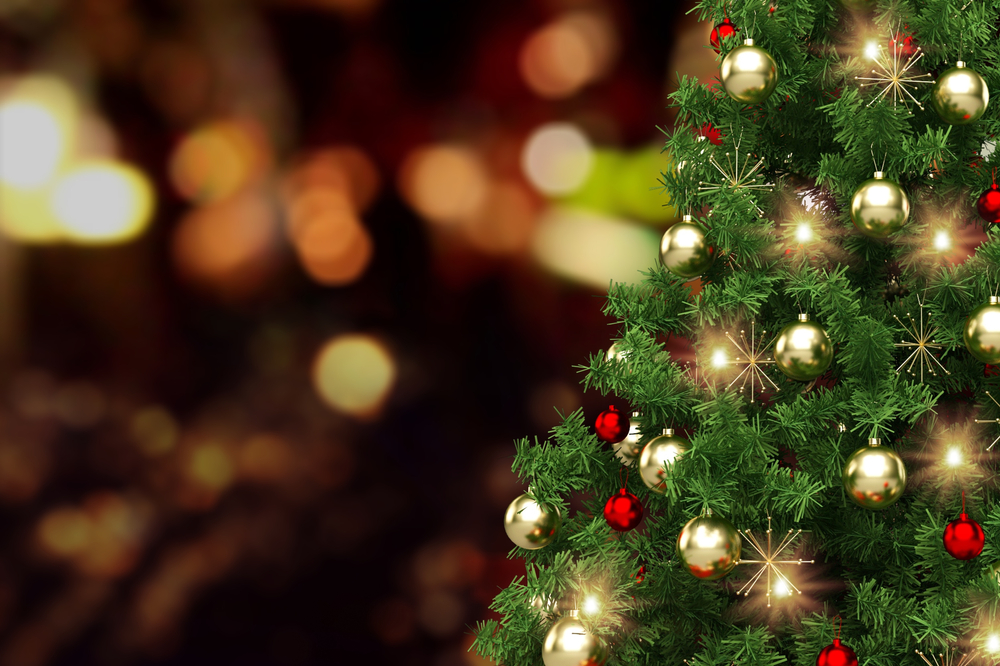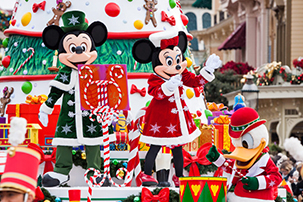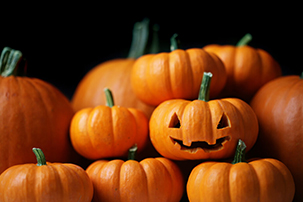Having a real live Christmas tree in your home during the festive season can be exciting and bring you plenty of joy. (Hello real Christmas tree smell! Who else loves this smell?) However, unlike the artificial versions, real ones have an expiration date.
Never fear, there are some things you can do to extend the life and health of your tree. Let’s start with some basics.
How long do they last?
A real evergreen Christmas tree will be both an authentically festive and fragrant addition to your home during the holiday season. However, a real tree will only last weeks. On average real trees last about four-five weeks. As time passes your tree will go from having a moist healthy stem and branches to a dried-out stem and drying branches.
The needles will also turn from a vibrant, beautiful dark green into brown, and then eventually they will begin to shed and fall.
However taking steps to choose, prepare, and care for the tree can extend its life for about a one week.


How to make your tree live longer?
How to choose a healthy tree
Picking your tree is a vital step in getting the best tree life possible for your holiday festivities. We know that a healthy tree will have the best chance at looking its best and living the longest. Buying a tree is all about noticing the little things.
The first thing you should note is that if you buy your tree from a roadside lot or a garden store, then the chances are your tree will have come from out of state and will have been exposed to dry winds during the transit, so it will probably not have a huge lifespan.
To get the best out of your tree you will want to start will the freshest tree you can. We recommend opting to get one from a local Christmas tree farm if possible.
However, whether you buy your tree from the local farm, the local store, or the roadside, you need to recognize the signs of a healthy tree.
First, look for a tree that is kept in a fairly shaded and cool location. If it is kept in a sunny area then it may have been under the sun for too long and could already be dehydrated.
Second, look for healthy green needles on the branches. Choose the tree with the fewest amount of brown needles. The more brown needles it has, the less time it has left before it becomes a fire hazard you do not want in your home. Look on the ground too. Fallen needles are an easy giveaway that you need to keep looking.
Third, try running a few of the branches through your hands. The needles should feel pliable and shouldn’t fall off. If they fall off then this is a sign that the tree is already getting too dry.
Fourth, look around the entire tree, not just one side. Make sure there is no damage to the trunk or any branches which could impact tree health.
How to prepare your tree
When you are purchasing your tree, ensure that the seller makes a fresh cut straight across the base of the trunk to help the tree absorb water. Making this cut will get rid of any dried over resin. If they don’t offer to cut, make sure to ask.
Dried over resin may block the tree from absorbing any water. If you do not intend to put your freshly trimmed tree straight up when you get home, you should put it into a bucket of water. Make sure to leave it in an unheated area. A garage works well as it is also away from the wind, and freezing temperatures.
When you are ready to put up your tree, you should cut off another inch from the base of the trunk. Immediately place it in a stand that holds around a gallon of water.
How to care for your tree
Hydrate. Hydrate. Hydrate. You should regularly hydrate your Christmas tree with water. If it gets too little water, a tree trunk can form another resin at the base Which means the tree will not absorb any more water and it will dry out faster.
Check the water level daily and always make sure the cut edge of the trunk is fully submerged in water. The tree will need the most water in the first 5-10 days.
Avoid adding anything to the water such as corn syrup, sugar, etc. They are not necessary and will not enhance or increase longevity for your tree.
Avoid the heat. While it may be tempting to place your tree near a cozy fireplace like in the movies, do not do it. Avoid showcasing your tree anywhere near a fireplace, heater, or radiator. Heat extracts water so not only will you lose moisture from your tree, but the water in the tree’s container will also evaporate faster. Leading you to refill it more frequently.
If you have a naturally dry home, you may want to consider adding a portable humidifier to the room with the tree. A humidifier will add moisture and prevent the air from getting too dry.
When to take it down
Eventually, your tree will noticeably decline, and it’ll be time to say goodbye. Don’t wait too long, or you may find your living space littered with brown, dry pine needles. A dead Christmas tree can be composted, recycled, or even turned into an organic mulch. Look for local providers in your area.
At the end of the holiday season having a real Christmas tree can be well worth the effort. It may not last forever, but while it’s here it’s pure magic.







